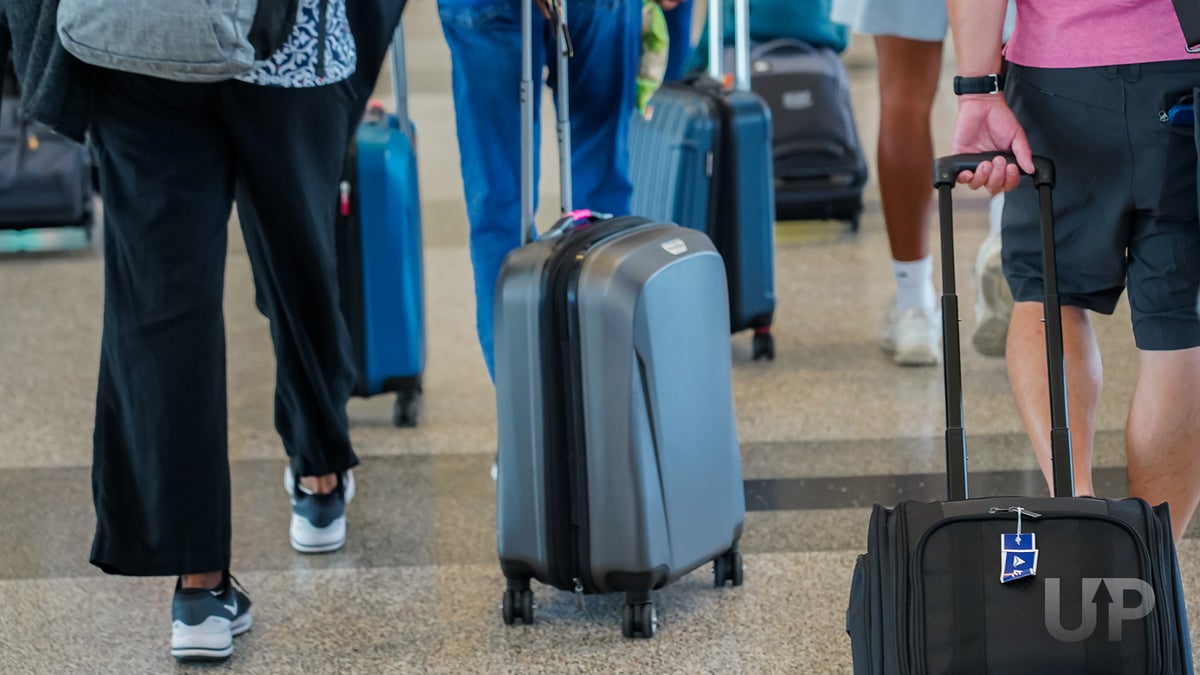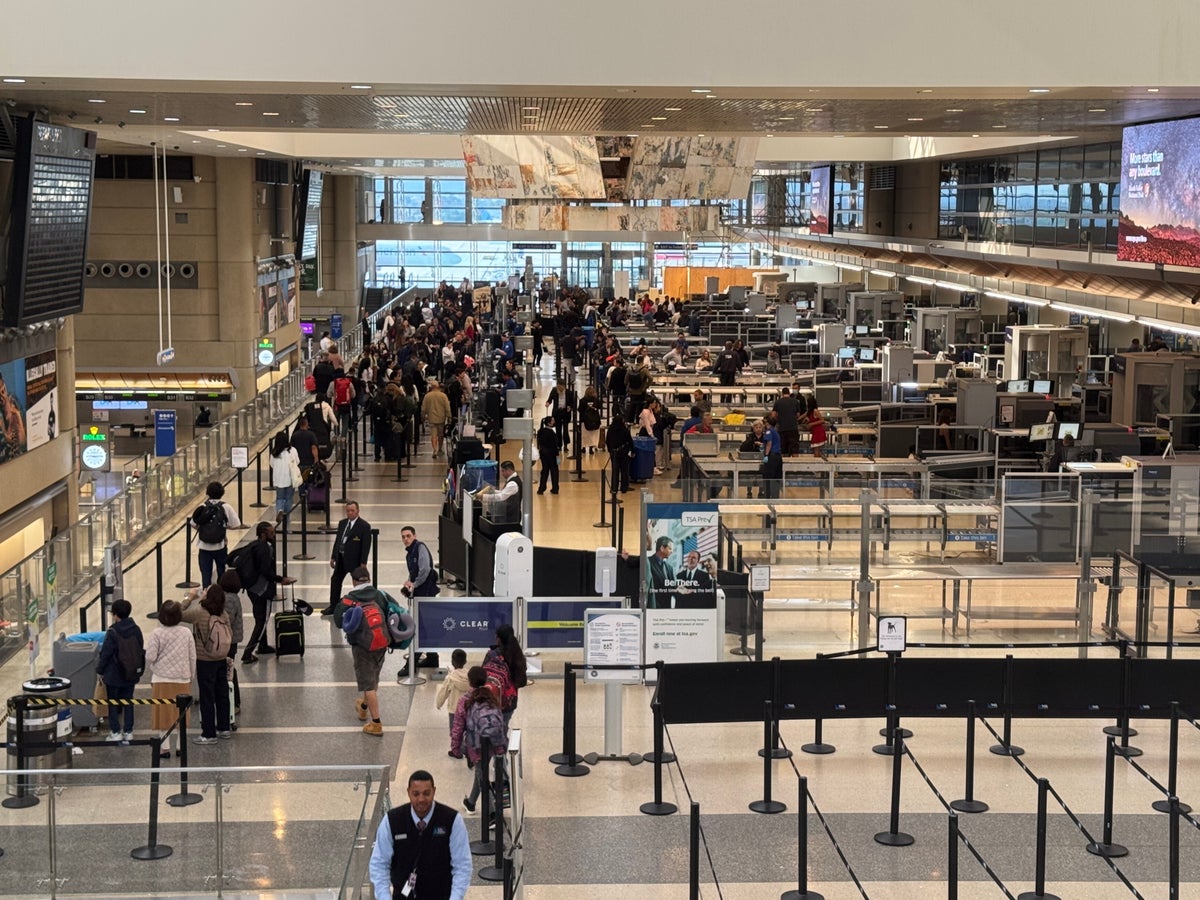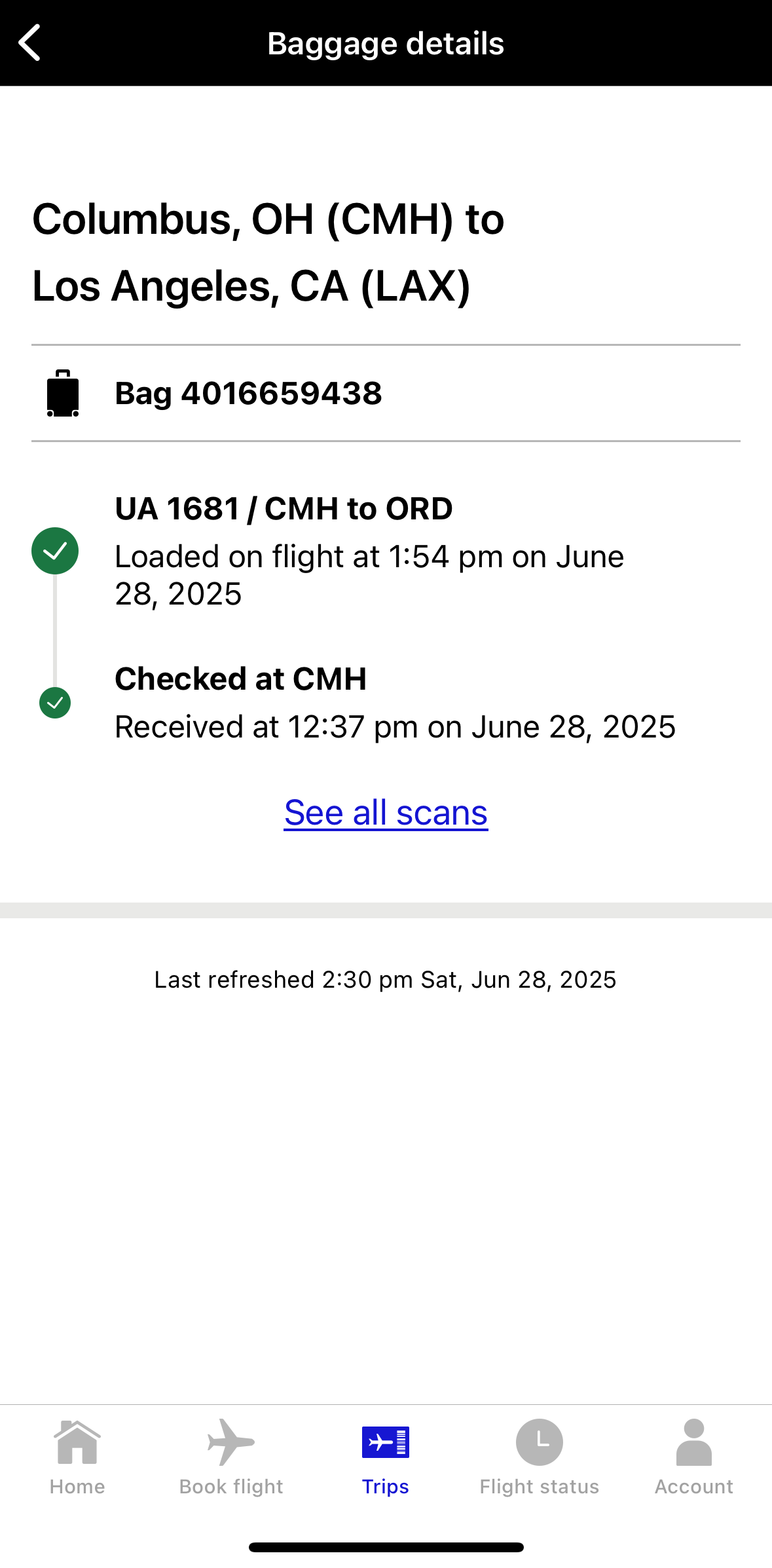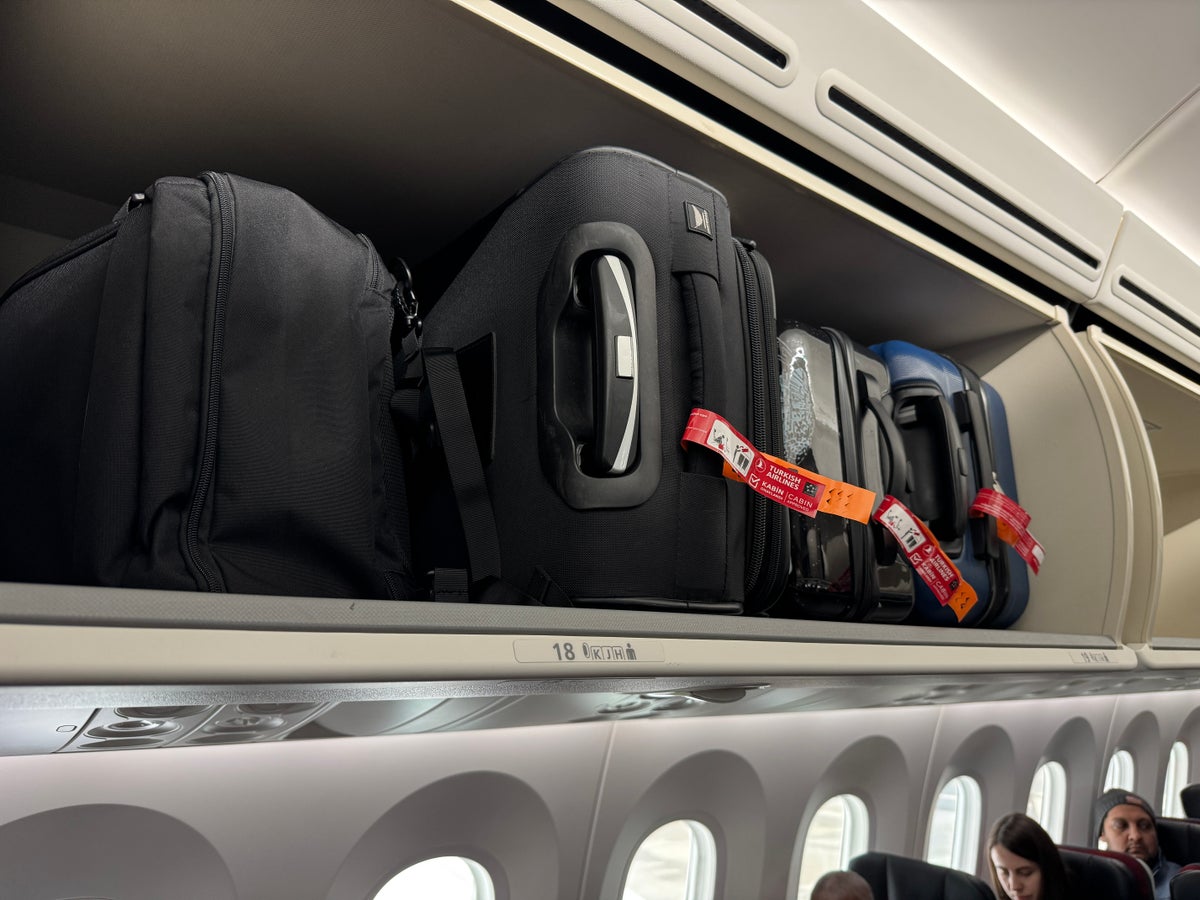Ryan Smith
Ryan Smith
News Managing Editor
861 Published Articles 1400 Edited Articles
Countries Visited: 197U.S. States Visited: 50
Ryan completed his goal of visiting every country in the world in December of 2023 and is now revisiting some favorites. Over the years, he’s written about award travel for publications including Awar...
Edited by: Jessica Merritt
Jessica Merritt
Senior Editor & Content Contributor
268 Published Articles 971 Edited Articles
Countries Visited: 4U.S. States Visited: 23
A long-time points and miles student, Jessica is the former Personal Finance Managing Editor at U.S. News and World Report and is passionate about helping consumers fund their travels for as little ca...
& Jestan Mendame
Jestan Mendame
Compliance Associate
1 Published Article 901 Edited Articles
Countries Visited: 12U.S. States Visited: 3
Since 2016, he has embraced the life of a digital nomad, making the world his office. He has built a career in social media marketing and blogging for various travel brands, which is also his bread an...



